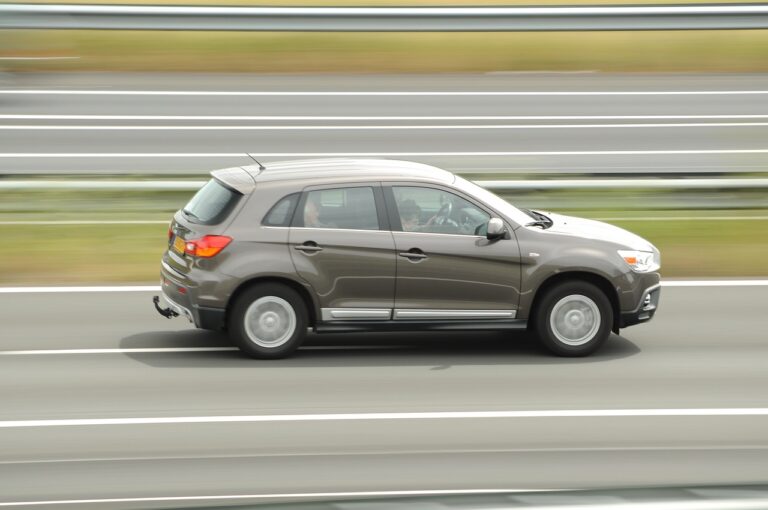The Role of Digital Twins in Automotive Design and Development
Digital twins are virtual replicas of physical objects or systems that can provide valuable insights and analytics in real time. By integrating data from various sources, such as sensors and IoT devices, these digital twins offer a comprehensive representation of the physical counterparts, enabling businesses to monitor performance, predict behavior, and optimize processes effectively.
These digital replicas play a crucial role in industries like manufacturing, healthcare, and automotive, as they allow for simulation, testing, and modeling without impacting the actual physical entities. In the automotive sector, digital twins are used to simulate the performance of vehicles, test different design configurations, and analyze potential issues before production begins. By harnessing the power of digital twins, companies can enhance efficiency, reduce costs, and accelerate innovation in their product development lifecycle.
Benefits of Digital Twins in Automotive Design
Digital twins offer significant benefits in the realm of automotive design. Firstly, they enable engineers and designers to create virtual prototypes of vehicles with utmost precision. This allows them to test different design iterations in a cost-effective manner, eliminating the need for building physical prototypes and reducing overall development time. Additionally, digital twins facilitate the assessment of various factors such as aerodynamics, structural integrity, and performance early in the design process, aiding in the identification and resolution of potential issues before they escalate.
Moreover, the use of digital twins in automotive design leads to enhanced collaboration among cross-functional teams. By providing a common platform where designers, engineers, and other stakeholders can work concurrently on a project, digital twins foster better communication and alignment across different departments. This seamless collaboration not only streamlines the design and development processes but also ensures that all team members are on the same page, leading to the creation of more cohesive and innovative vehicle designs.
– Allows engineers and designers to create virtual prototypes with precision
– Testing different design iterations in a cost-effective manner
– Facilitates assessment of factors like aerodynamics, structural integrity, and performance early in the design process
– Enhanced collaboration among cross-functional teams
– Provides a common platform for designers, engineers, and stakeholders to work concurrently
– Streamlines design and development processes
– Ensures all team members are on the same page
How Digital Twins Improve Collaboration Among Teams
Digital twins have revolutionized collaboration among teams in the automotive design industry. By providing a virtual replica of a physical product or system, digital twins enable teams to work together seamlessly, regardless of their geographical locations. Through real-time access to the same set of data and simulations, team members can make informed decisions collaboratively, leading to more effective problem-solving and innovation.
Moreover, digital twins facilitate a higher level of transparency and accountability within teams. Each member can track the progress and changes made to the digital twin, ensuring that everyone is on the same page and working towards the same goals. This transparency fosters a sense of unity and shared responsibility among team members, ultimately leading to a more cohesive and productive work environment.
What are Digital Twins?
Digital twins are virtual replicas of physical objects, processes, or systems that can be used for various purposes such as simulation, monitoring, and analysis.
How do Digital Twins benefit automotive design?
Digital twins can improve automotive design by allowing teams to simulate and test different scenarios in a virtual environment, leading to faster and more efficient product development.
How do Digital Twins improve collaboration among teams?
Digital twins enable teams to easily share and access real-time data and insights, leading to better communication, coordination, and decision-making across different departments and disciplines.






